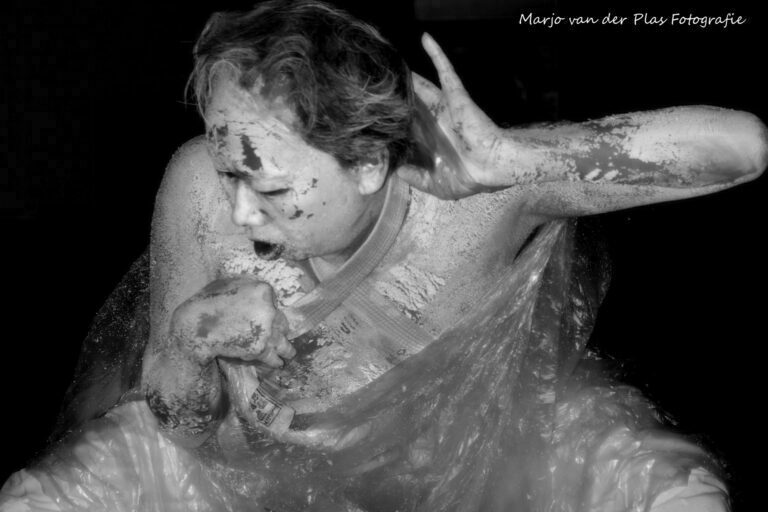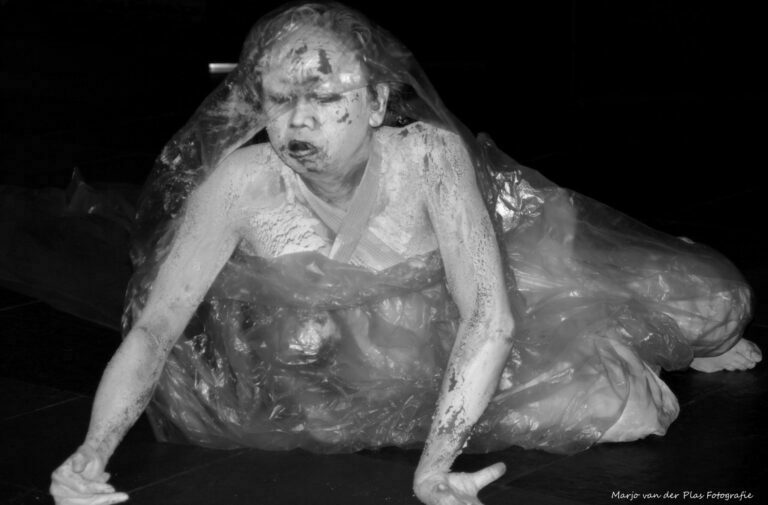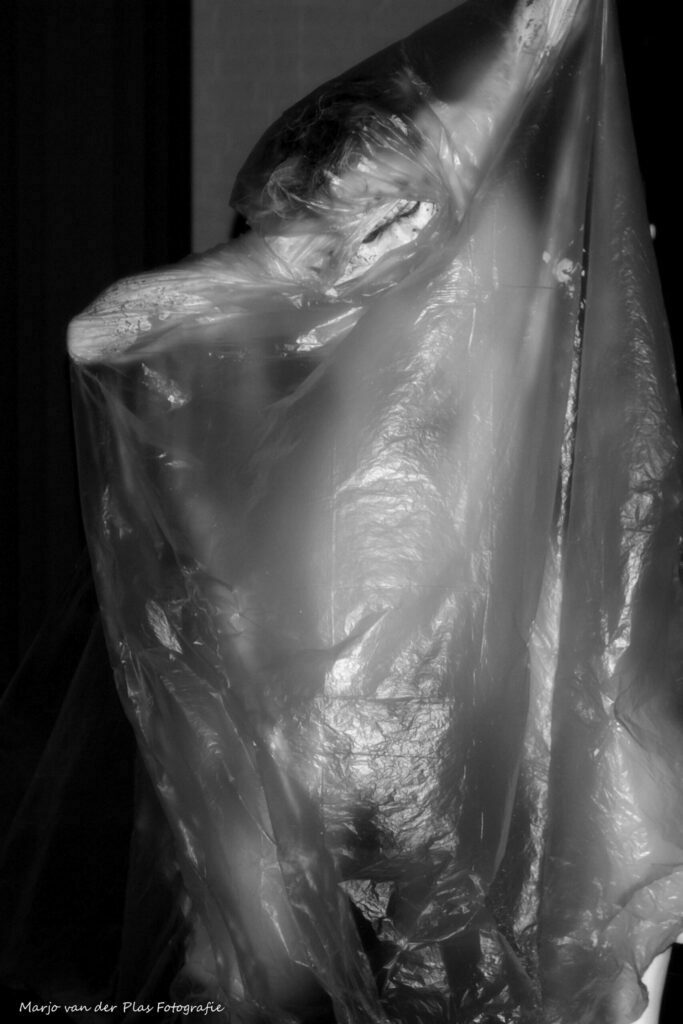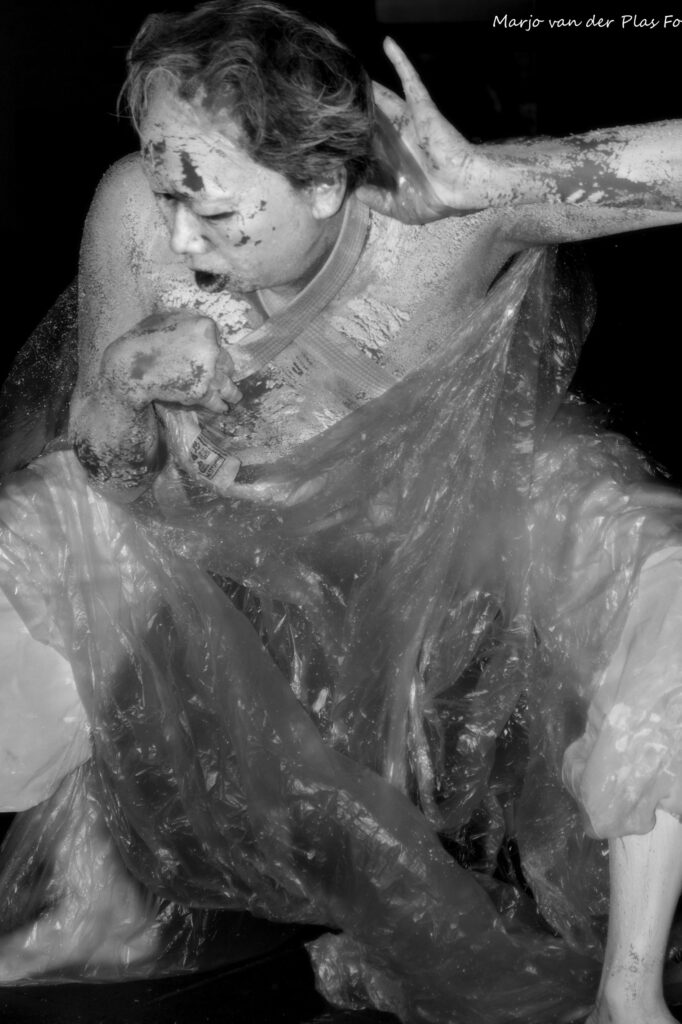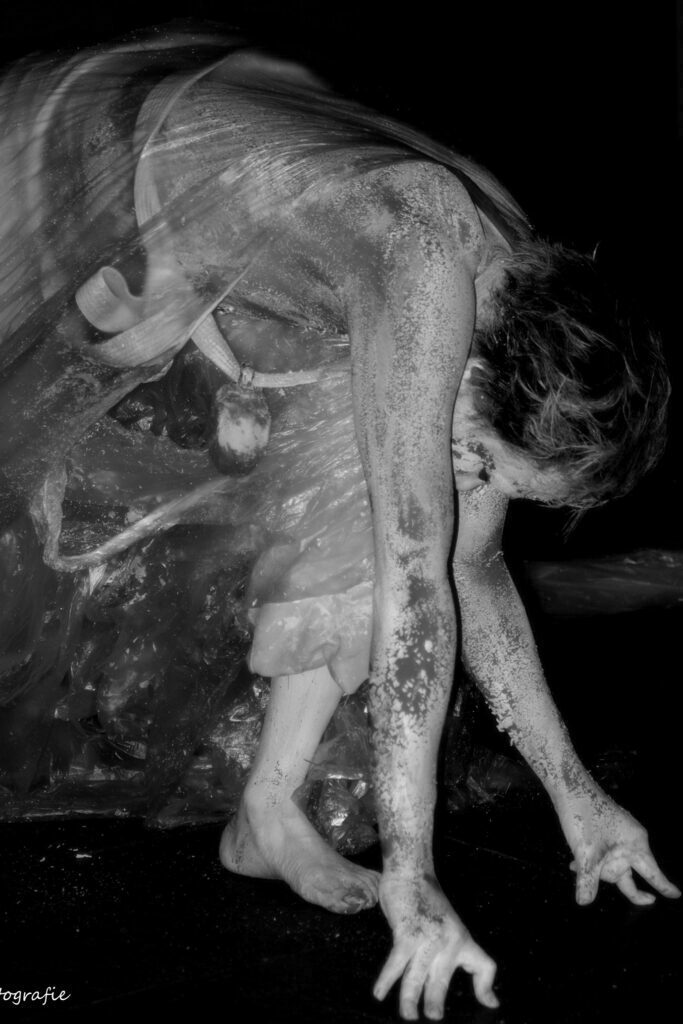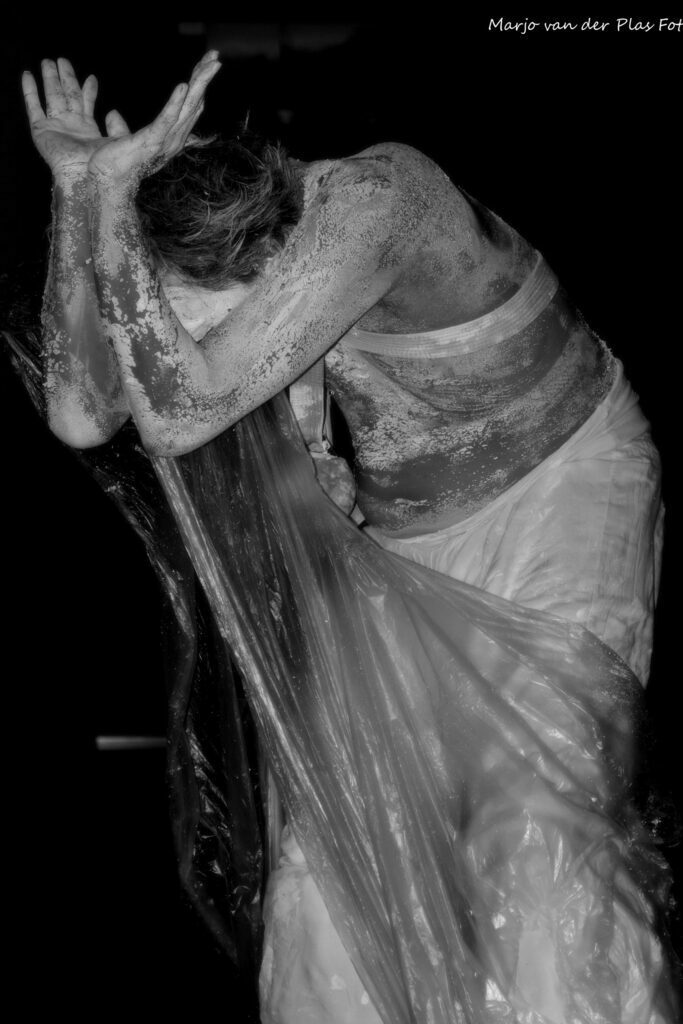Butoh A (2016)'40


Butoh A: Philemon Mukarno's Nude Dance of Ego Dissolution
The Essence of Butoh: Raw Philosophy
Butoh is not simply a performance style. Instead, it is a radical transformation of dance itself. Each movement unearths deep feelings—loss, hope, and recovery—rooted in the aftermath of war and cultural shifts. In Butoh, exposed skin and painted flesh replace the constraints of costume. The naked body becomes the ultimate, honest storyteller.
The Creed: Unvarnished and Sincere
Mukarno holds fast to the values of being nude, bare, and absolutely real. His performances shun the comfort of persona. Instead, he invites the haunting truth of self to emerge so rawly that it cannot be denied. This approach does more than shock. It becomes the ritual of baring one’s soul—with skin turned canvas for life’s honest stains.
Aalsmeer’s Chamber: Lighting the Unconscious
On October 10, 2018, Mukarno’s nude Butoh was staged in a shadowed chamber in Aalsmeer. Only a single, sharp spotlight pierced the dark. His body, covered in white paint, stood as a living sculpture—a flickering beacon in shifting shadow. Here, performance art became ritual, and the body’s story was told in gesture and stillness, rather than words.
Movement as Spiritual Gesture
The choreography moved between piercing silence and controlled grace. Sometimes he curled inward, adopting the posture of a child finding shelter. At other moments, his limbs reached out, desperate to cross the gulf between self and audience. Every breath, every stare, became a meditation on the lies and truths we all wear. The white-painted skin symbolized the erasure of ego, reminding us of the power—and the pain—of self-surrender.
The Power Within Vulnerability
Mukarno’s nudity is not spectacle. Instead, it is a crucible of vulnerability, inviting the viewer to step into their own discomfort and examine what identity means. The performance draws people deeper—to a place where they can confront their hidden fears and, perhaps, embrace their authentic selves. Emotional intimacy blooms, not despite exposure, but because of it. Thus, the body is not a lure, but a challenge: to be honest, to be strong, to be seen.
Body as Living Canvas
The white paint and natural flesh created a narrative in real time—a visible sermon of inner journey. Mukarno’s exposed body painted tales of growth, fracture, and repair. This honest storytelling did not seek validation. Instead, it invited every watcher to participate, to wrestle with their own masks, and possibly, to find new peace in acceptance.
The Legacy of Butoh A
“Butoh A” reveals the radical, transformative power of sincere nude performance. Mukarno’s living sculpture, painted and real, uncovers the ancient dance between fear, courage, and freedom. Here, the naked body is not vulnerable alone. It is the architecture of spiritual return—a call for every witness to journey inward and to celebrate the hard-won truth of being fully seen.

